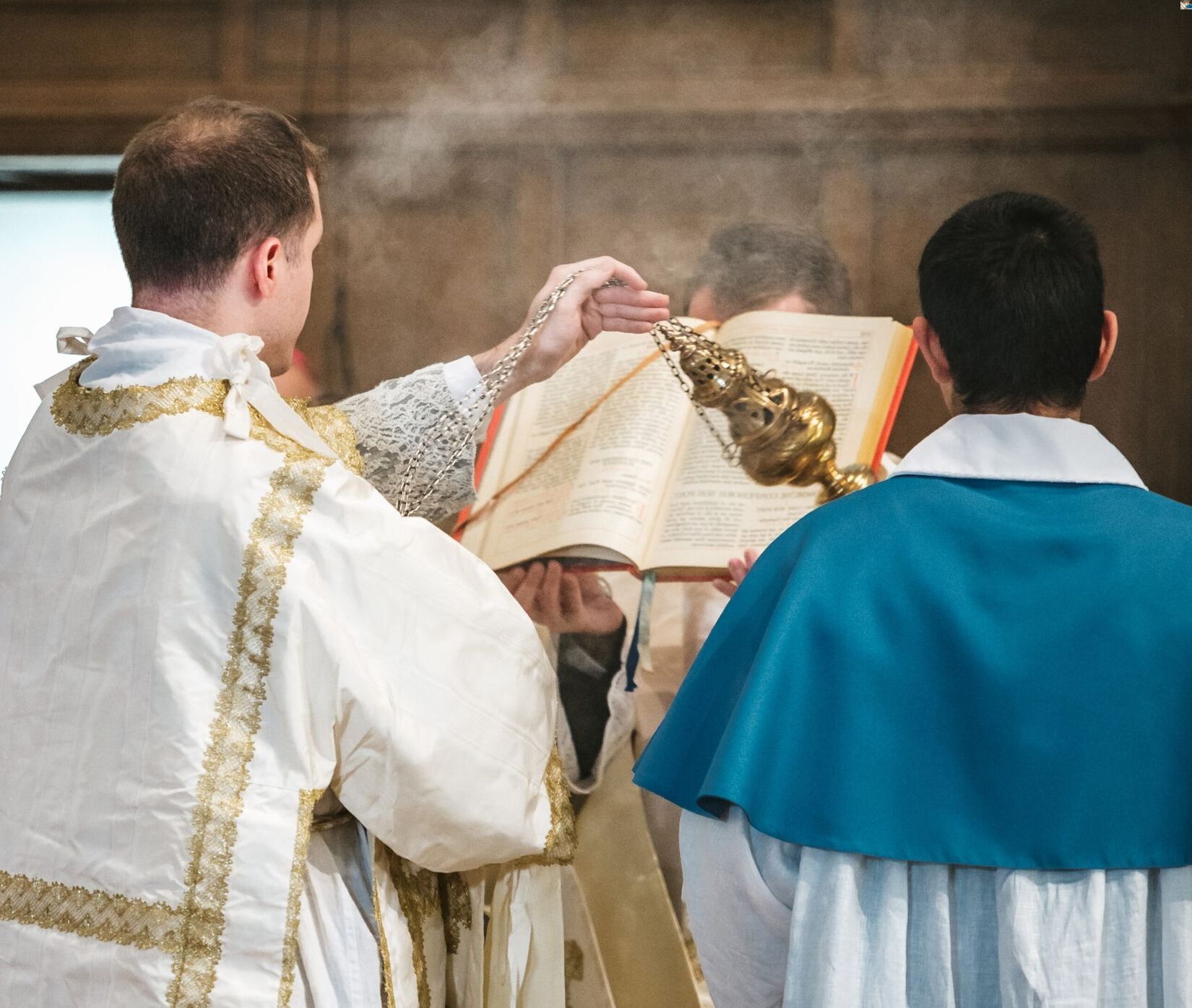
What are Latin liturgical rites? Latin liturgical rites are the various forms of worship and liturgical practices within the Latin Church, a major branch of the Catholic Church. These rites include the Roman Rite, Ambrosian Rite, Mozarabic Rite, and others. Each rite has its own unique traditions, prayers, and ceremonies, reflecting the diverse history and culture of the regions where they developed. Understanding these rites helps us appreciate the rich tapestry of Catholic worship and its evolution over centuries. From the solemnity of the Roman Rite to the ancient chants of the Mozarabic, each offers a glimpse into the spiritual life of different Christian communities.
What are Latin Liturgical Rites?
Latin liturgical rites are the diverse forms of worship within the Latin Church, the largest particular church within the Catholic Church. These rites have evolved over centuries, reflecting the rich history and traditions of the regions where they developed.
- The Latin Church is the largest of the 24 autonomous churches within the Catholic Church.
- Latin liturgical rites primarily use Latin as their liturgical language.
- The Roman Rite is the most widespread of the Latin liturgical rites.
- The Roman Missal is the book containing the texts and rubrics for the celebration of the Mass in the Roman Rite.
- The Tridentine Mass, also known as the Traditional Latin Mass, follows the Roman Missal of 1962.
- The Novus Ordo Mass, introduced in 1969, is the most common form of the Roman Rite today.
- The Ambrosian Rite is practiced in the Archdiocese of Milan and has unique liturgical customs.
- The Mozarabic Rite is used in the Cathedral of Toledo and a few other locations in Spain.
- The Bragan Rite is specific to the Archdiocese of Braga in Portugal.
- The Gallican Rite, once widespread in Gaul, has largely been replaced by the Roman Rite.
Historical Development of Latin Liturgical Rites
The history of these rites is a testament to the cultural and theological diversity within the Latin Church. Each rite has its own unique elements that distinguish it from others.
- The Roman Rite developed in the city of Rome and spread throughout the Western Church.
- The Ambrosian Rite is named after St. Ambrose, the 4th-century bishop of Milan.
- The Mozarabic Rite dates back to the Visigothic Kingdom in Spain.
- The Bragan Rite has roots in the early Christian communities of Braga.
- The Gallican Rite was influenced by Eastern liturgical traditions.
- The Roman Rite was standardized after the Council of Trent in the 16th century.
- The Second Vatican Council led to significant reforms in the Roman Rite, resulting in the Novus Ordo Mass.
- The Ambrosian Rite has preserved some ancient liturgical practices not found in the Roman Rite.
- The Mozarabic Rite includes unique chants and prayers not used in other Latin rites.
- The Bragan Rite has a distinct liturgical calendar and specific local saints' feasts.
Final Thoughts on Latin Liturgical Rites
Latin liturgical rites hold a rich tapestry of history, tradition, and cultural significance. From the Roman Rite, which is the most widespread, to the Ambrosian and Mozarabic Rites, each brings unique elements to the table. These rites have shaped religious practices and influenced art, music, and architecture over centuries. Understanding these rites offers a glimpse into the spiritual and cultural life of different regions. Whether you're a history buff, a religious scholar, or just curious, exploring these rites can be a fascinating journey. They remind us of the diversity within the Christian tradition and the ways in which faith can be expressed. So next time you hear a Gregorian chant or see a grand cathedral, you'll have a deeper appreciation for the traditions that have shaped them.
Was this page helpful?
Our commitment to delivering trustworthy and engaging content is at the heart of what we do. Each fact on our site is contributed by real users like you, bringing a wealth of diverse insights and information. To ensure the highest standards of accuracy and reliability, our dedicated editors meticulously review each submission. This process guarantees that the facts we share are not only fascinating but also credible. Trust in our commitment to quality and authenticity as you explore and learn with us.


